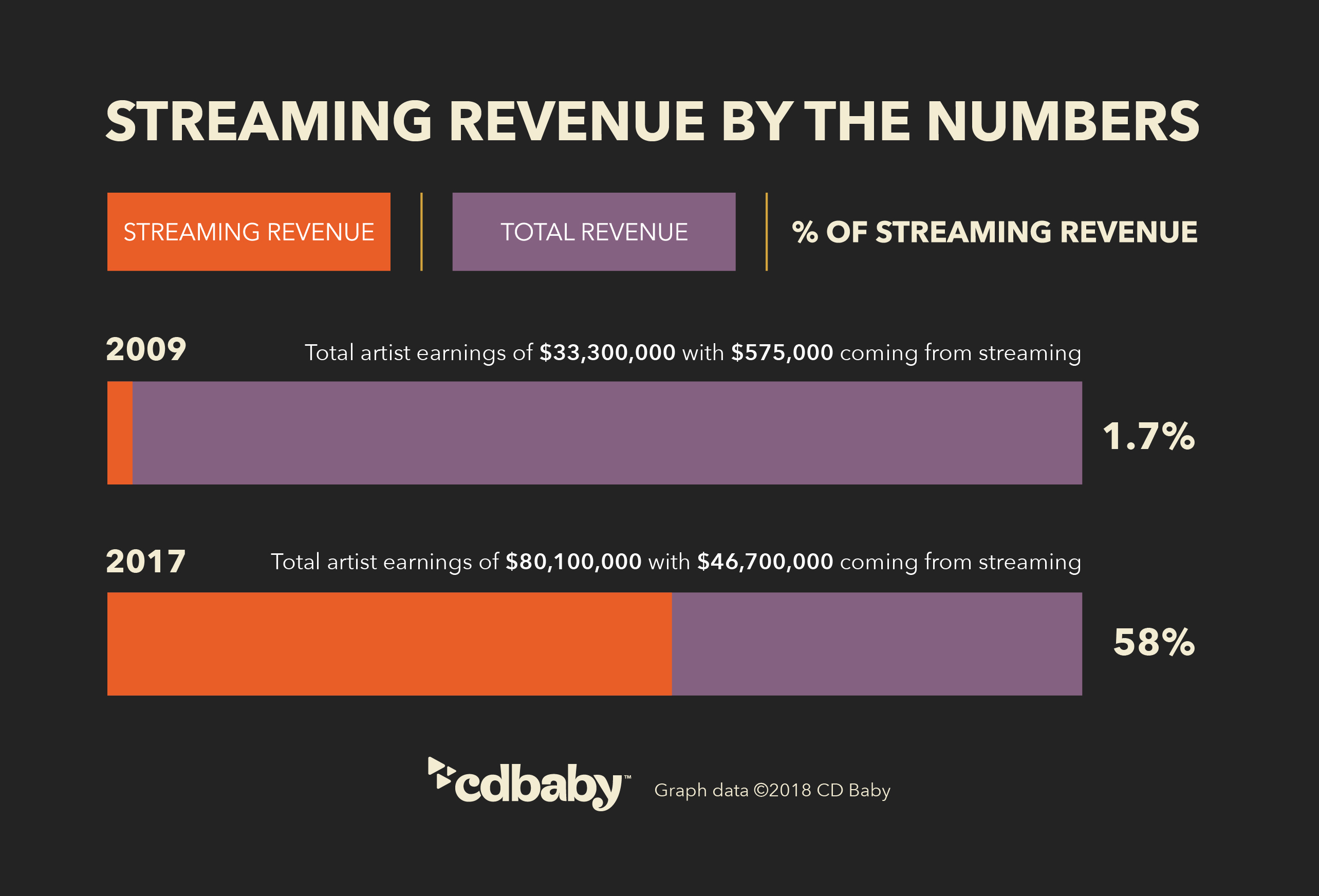Spotify Launches Tool for Crowdsourcing Song and Album Data
Music streaming has a vexing data problem, but Spotify believes it has a way to help fill in some of those info gaps across its 30 million songs. On Monday, the company released a new desktop tool called Line-In that gives music lovers the opportunity to make suggestions for artists and individual songs and albums.
By clicking on the three dots next to a song, album or artist, users will see a "Suggest an Edit" option that takes them to a traditional web form. There, fans can make suggestions in categories such as genre, aliases, explicitness, languages, tags and artist roles, which includes composers. You an even suggest external URLs, like reviews to a track or album.
It's unclear how the soon-to-be-public company plans on incorporating the suggested data, but it did say that "by experimenting with this tool, we hope to better understand how Spotify listeners interpret music, so that we can improve experiences for both listeners and artists."
In a dedicated FAQ page for Line-In, Spotify explained that the tool is seen as a way to crowdsource knowledge from the community. "If you see something amiss or just plain ol missing, now you can help us correct it or add it," the company said. "By suggesting edits ... you'll help artists connect with more fans, and help other people discover new music by fueling our personalization engines."
Currently, the tool does not allow users to suggest changes to album or track names -- that's the responsibility of content providers -- but it does let you speak up if a "main artist" doesn't seem right. "Please be patient while we build a nice interface to gather this kind of feedback and get it to the right people."














